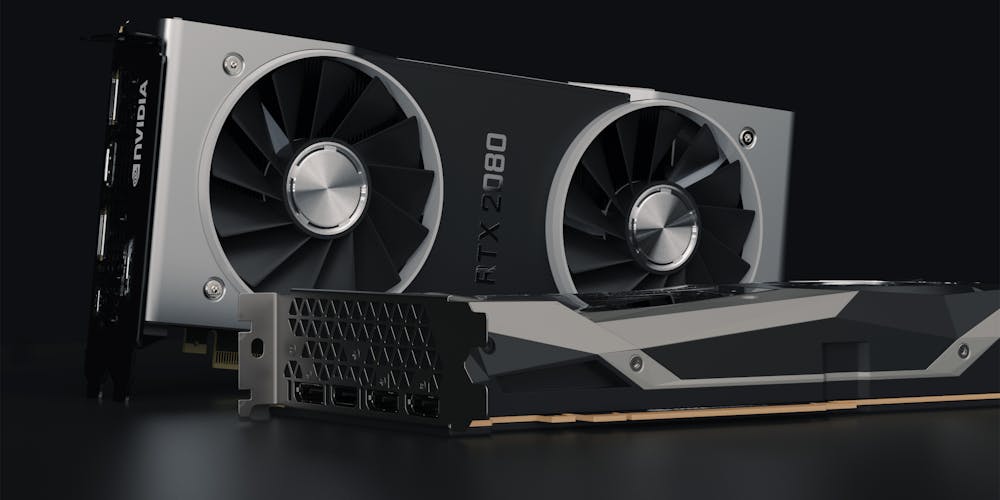Intel has made a commendable leap in the gaming domain with its latest Arc GPU driver update, version 31.0.101.5379. This update is a game-changer, not only accommodating new game titles but also revolutionizing the gaming experience by significantly boosting frame rates and integrating cutting-edge graphical features such as ray tracing in certain games. Both discrete and integrated Intel graphics hardware are beneficiaries of this major upgrade. Through these improvements, Intel’s latest driver update offers a richer, more immersive gaming experience that the gaming community has been eagerly anticipating. Gamers now have the opportunity to delve into a more visually stunning and smooth gaming environment, thanks to Intel’s focus on enhancing performance and support for the latest gaming technologies. Intel’s strides in its GPU capabilities reflect its commitment to cater to the ever-growing demands of the gaming industry.
Breakthrough Performance in Desktop Arc Graphics
The Arc series of desktop graphics cards has undergone a transformation with Intel’s new driver update, delivering astonishing performance upgrades across a wide range of games. Notable titles such as Detroit: Become Human have experienced up to a 172% surge in frame rates at 1440p with Ultra settings, while Granblue Fantasy: Relink enjoys a similar leap at 1080p. Other celebrated games like Assassin’s Creed Origins and God of War too boast significant enhancements, marking a new era of gameplay quality and immersion previously unattainable with earlier releases of Arc GPUs. These leaps in performance are a testament to Intel’s dedication to pushing the boundaries of their hardware through continuous software optimizations.
In other instances, improvements, while not as dramatic, remain noteworthy. Fortnite and Horizon Forbidden West, for example, have seen frame rate increases even if they are more modest, at around 6%. This continued progression evidences Intel’s unwavering commitment to improving the gaming experience for all users, regardless of the game’s demand on system resources. With each driver iteration, the prowess of Arc GPUs in transforming the gaming landscape grows increasingly apparent, solidifying Intel’s position in the market as a serious contender.
Enhanced Gaming on Integrated Arc Graphics
Intel’s latest Core Ultra CPUs with integrated Arc graphics have brought remarkable improvements to gaming performance on laptops. The new driver updates have notably enhanced the playability of games such as Assassin’s Creed Origins, which now runs with an astounding 117% performance increase at 1080p medium settings. These Meteor Lake chips are redefining what integrated systems can do, offering a more satisfying gaming experience without the need for external graphics hardware.
The 18% performance uplift in Dragon’s Dogma 2 underscores Intel’s commitment to providing gamers with significant gains in graphics capabilities, even in the most compact and versatile laptop systems. With these advancements, Intel is ensuring that all gamers, regardless of their system’s size or configuration, can enjoy an improved gaming experience. Intel continues to prioritize a diverse range of users, underlining their dedication to the gaming community’s evolving needs for mobility and performance.
Intel’s Commitment to Continuous Driver Optimization
The significance of Intel’s advancements in Arc GPU driver optimizations cannot be overstated. Starting from a modest base at the introduction of the Arc graphics line, Intel has sustained a steady momentum in refining driver performance, a strategy that is resonating strongly with its user base. These improvements highlight the critical role that software plays in realizing the full potential of gaming hardware. Through its diligent and ongoing efforts to enhance its driver capabilities, Intel is fostering a growing sense of optimism among gamers and industry observers alike. The continuous upgrades signal a firm commitment from Intel to not only maintain but elevate the standard for GPU performance over time.
Despite challenges, Intel’s strategy demonstrates an understanding that harnessing peak performance is as much about the software as it is about the hardware itself. With each update, evidence mounts that Intel is not simply rolling out iterations but is strategically enhancing their drivers to squeeze out every ounce of performance. This trajectory has set a promising course for Intel’s future in the GPU market, suggesting that software maturity could ultimately yield a competitive hardware capable of going toe-to-toe with established players.
Uncertainty Surrounding Next-Gen ‘Battlemage’ GPUs
While Intel’s recent driver updates offer much to celebrate, there remains an element of uncertainty shrouding the company’s next-gen GPUs, ‘Battlemage.’ A scarcity of news and prevailing rumors hint at a potential delay in the timeline of their release, which may extend as far out as 2025. For eager consumers and industry analysts, this evokes a blend of anticipation and concern. The absence of solid updates feeds speculation, making it difficult to gauge the progress and direction Intel is taking with Battlemage.
This uncertainty leads to a larger question revolving around Intel’s long-term GPU strategy and whether it can maintain momentum amid potential postponements. While delays can be a strategic move to ensure a more robust product launch, they also risk ceding ground in a highly competitive market that waits for no one. The gaming community is attuned to these developments, with a keen eye on how Intel will navigate these challenges and what this means for the future of Arc GPUs.
The Potential of Intel GPUs in the Budget Market
Intel’s steady driver enhancements for its Arc GPU line signal the company’s potential to stake a claim in the budget GPU market. Despite any setbacks with the upcoming Battlemage, Intel’s continued software improvements reflect an ability to develop over time. By pairing these software strides with hardware progress, Intel is poised to become a formidable competitor in the cost-effective GPU segment, much to the delight of price-sensitive gamers and tech enthusiasts.
Intel’s diligent driver updates to bolster Arc GPUs hint at a competitive edge in the future, forming a strong base irrespective of Battlemage’s timeline. Intel appears not just to be joining the GPU race but aiming for leadership in certain areas. Its advancements and aspirations suggest a dedication to not only participating but also influencing the gaming tech scene’s direction.

